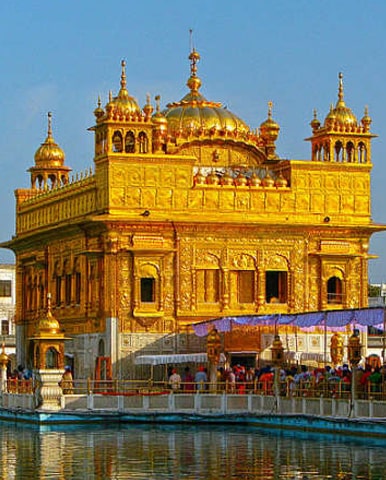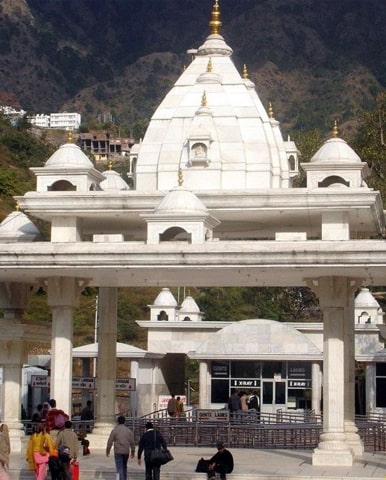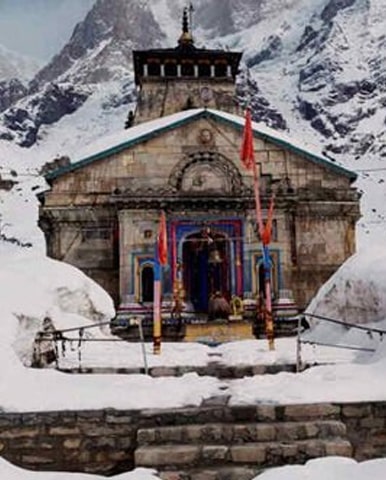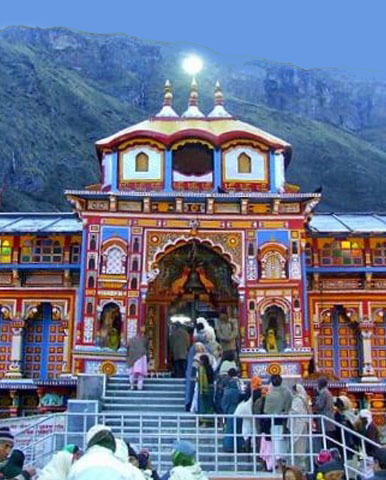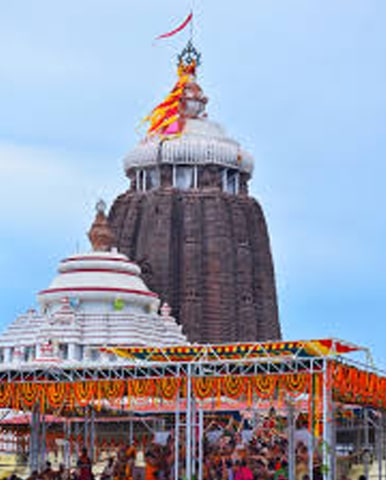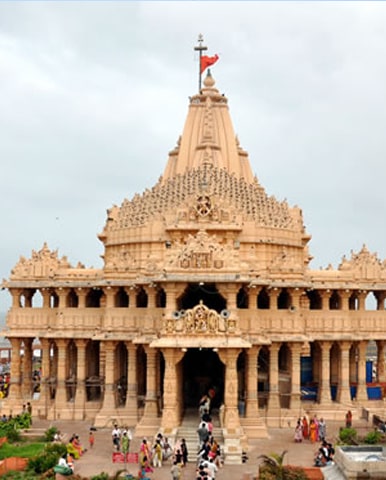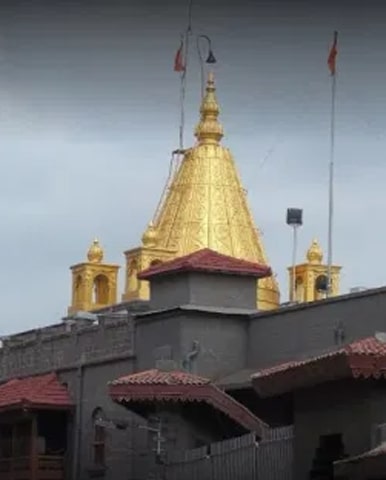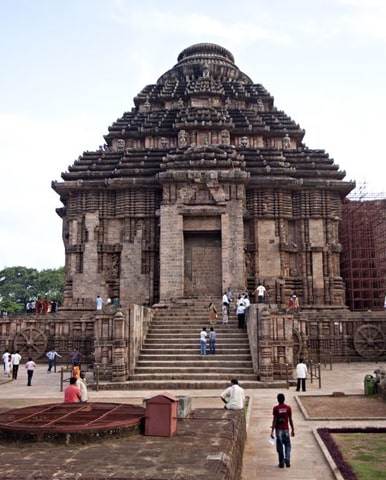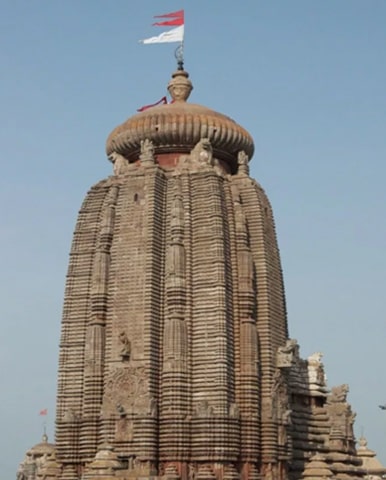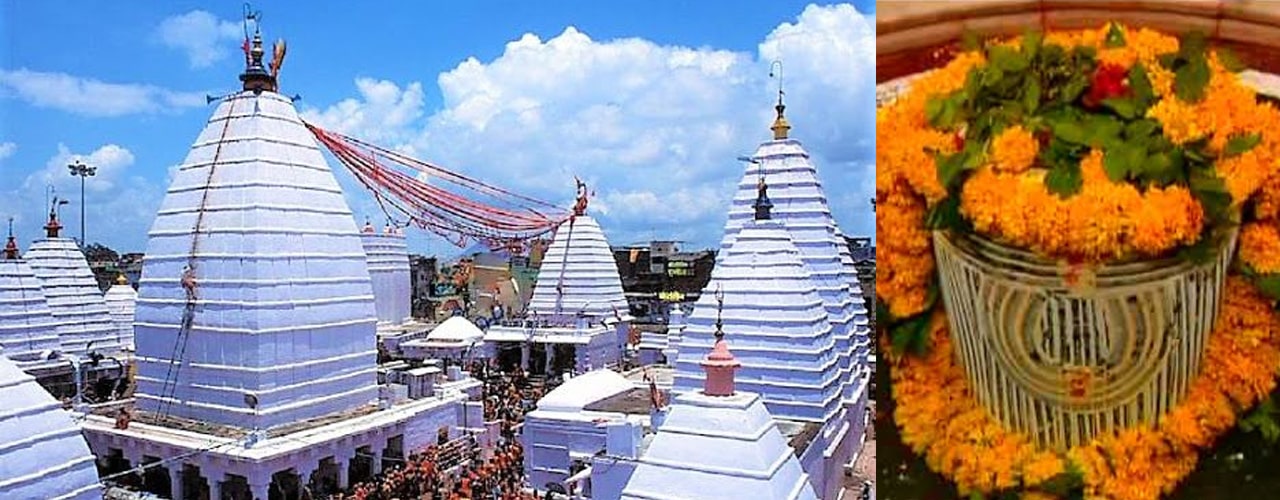
Baidyanath Temple, Deoghar
Vaidyanatha Jyotirlinga temple, also known as Baba Baidyanath dham and Baidyanath dham is one of the twelve Jyotirlingas, the most sacred abodes of Shiva. It is placed in Deoghar within the Santhal Parganas division of the kingdom of Jharkhand, India. It’s miles a temple complicated including the primary temple of Baba Baidyanath, where the Jyotirlinga is established, and 21 different temples. In keeping with Hindu beliefs, the demon king Ravana worshipped Shiva on the modern-day website online of the temple to get the boons that he later used to wreak havoc inside the world. Ravana supplied his ten heads one after another to Shiva as a sacrifice. Thrilled with this, Shiva descended to remedy Ravana who changed into injured. As he acted as a medical doctor, he’s called Vaidhya (“medical doctor”). From this issue of Shiva, the temple derives its call. Kanwar Yatra (Devanagari: कांवड़ यात्रा) is an annual pilgrimage of devotees of Shiva, known as okayānvarias(कावड़िया) or “Bhole” (भोले) to Hindu pilgrimage places of Sultanganj in Bihar to fetch holy waters of Ganges River. Millions of contributors collect sacred water from the Ganga and carry it across loads of miles to dispense as offerings in Baidyanath Temple in Jharkhand.
As in step with Shiv Mahapuran, once Brahma (the Hindu God of creation) and Vishnu (the Hindu God of upkeep) had an argument in terms of supremacy of introduction.To test them, Shiva pierced the three worlds as a huge infinite pillar of mild, the jyotirlinga. Vishnu and Brahma split their approaches to downwards and upwards respectively to discover the end of the light in both course. Brahma lied that he located out the end, at the same time as Vishnu conceded his defeat. Shiva appeared as the second one pillar of mild and cursed Brahma that he might have no area in ceremonies while Vishnu could be worshipped till the end of eternity. The jyotirlinga is the splendid partless truth, out of which Shiva in part appears. The jyothirlinga shrines, for this reason are locations wherein Shiva appeared as a fiery column of light. At the start there had been believed to be sixty four jyothirlingas whilst 12 of them are considered to be very auspicious and holy.Every of the twelve jyothirlinga web sites take the call of the presiding deity – each taken into consideration different manifestation of Shiva.At a lot of these websites, the number one picture is lingam representing the beginningless and infinite Stambha pillar, symbolizing the limitless nature of Shiva.The twelve jyothirlinga are Somnath in Gujarat, Mallikarjuna at Srisailam in Andhra Pradesh, Mahakaleswar at Ujjain in Madhya Pradesh, Omkareshwar in Madhya Pradesh, Kedarnath in Uttarakhand, Bhimashankar in Maharashtra, Viswanath at Varanasi in Uttar Pradesh, Triambakeshwar in Maharashtra, Vaidyanath Jyotirlinga at Parli, Maharashtra, Baidyanath at Deoghar in Jharkhand, Nageswar at Dwarka in Gujarat, Rameshwar at Rameswaram in Tamil Nadu and Ghushmeshwar at Maharashtra.
The Maa Parvathi temple is tied up with the main temple, with massive crimson sacred threads which is specific and worthy of reverence, displaying the cohesion of Shiva and Shakti. According to the testimonies narrated inside the Shiva Purana, the holy Baidyanath temple resembles the unity of souls and hence suits marriage for Hindus. The nearest railway station is Jasidih railway station, that’s 7 km from Vaidyanath temple. Jasidh is 311 km from Howrah/Sealdah on Patna route. On a regular day, the worshipping of Baidyanath Jyotirlingam starts at four AM. The temple doors open at the moment. For the duration of four:00am to 5:30 am, the head priest worships with Shodashopachar. Locals additionally name it Sarkari Pooja. Then the devotees begin their worship of the Shivalinga. The maximum exciting way of life is that priests of the temple pour kuchcha Jal upon the lingam first, and afterward, the pilgrims pour water and offer plants and Bilva leaf, upon the lingam. The Puja rituals maintain until 3.30 PM. After this, the temple doors are closed. Inside the evening at 6 PM the doorways are opened once more for devotees/ pilgrims and the process of worshipping starts again. At this time Shringar Puja takes location. The temple closes at nine:00 pm on a everyday day, but at some point of Holy Shravan month, the timings are extended. Unlike Somnath or Rameshwaram or Srisailam, here the devotees can get delight by means of providing Abhishek themselves on Jyotirlinga. The pandas who perform distinct poojans for devotees are very vital individuals. The devotee also can buy Peda as prasad from Babadham. Peda is a neighborhood speciality of Deoghar. Babadham has a regular and properly-maintained office to just accept offerings and donations.
The Matsyapuran narrates the vicinity as Arogya Baidyanathitee, the holy region wherein Shakti lives and assists Shiva in liberating people from incurable illnesses. This complete region of Deoghar become beneath the rule of thumb of the Kings of Gidhaur who were lots connected with this temple. Raja Bir Vikram Singh founded this princely country in 1266. In 1757 after the conflict of Plassey the officials of the East India organization paid their attention to this temple. An English man, Keating become despatched to take a look at the management of the temple. Mr. Keating, the first English collector of Birbhum, took interest inside the management of the temple. In 1788, below Mr. Keating’s order Mr. Hesilrigg, his assistant, who changed into possibly the first English man to go to the holy town, set out to oversee for my part the gathering of the pilgrim offerings and dues. Later, while Mr. Keating himself visited Babadham, he become convinced and forced to desert his coverage of direct interference. He exceeded over the entire control of the temple to the palms of the high priest.
Share This Post:
How to reach
- By Road: Deoghar is 16 Kms from Sarawan, 36 Kms from Sarath, 41 Kms from Jarmundi, 52 Kms from Chandmari, 52 Kms from Bengabad, 68 Kms from Deori, 70 Kms form Giridih, 132 Kms from Dhanbad, 148 Kms from Koderma, 278 Kms from Ranchi and is linked via Jharkhand State Road Transport Corporation Limited, West Bengal State Road Transport Corporation Limited and some private travel services.
- By Train: The railway station is located in Baidyanath Dham at a distance of 7 Kms from Deoghar and is well connected with many major cities like New Delhi, Mumbai, Kolkata, Varanasi and Bhubaneswar etc.
- By Air: The nearest Domestic Airport is Lok Nayak Jayaprakash Airport, Patna, located at a distance of 274 Kms from Deoghar. Patna has daily flights to many cities like Bangalore, Chennai, Delhi, Kolkata, Lucknow, Hyderabad, Mumbai, Ranchi, Bhopal, Ahmedabad, Goa and Vishakhapatnam.
Related Temples
How to reach
- Nearest airport is Lok Nayak Jayaprakash Airport
- Nearest railway station is Baidyanath Dham
- Nearest bus stations are Sarawan and Sarath

